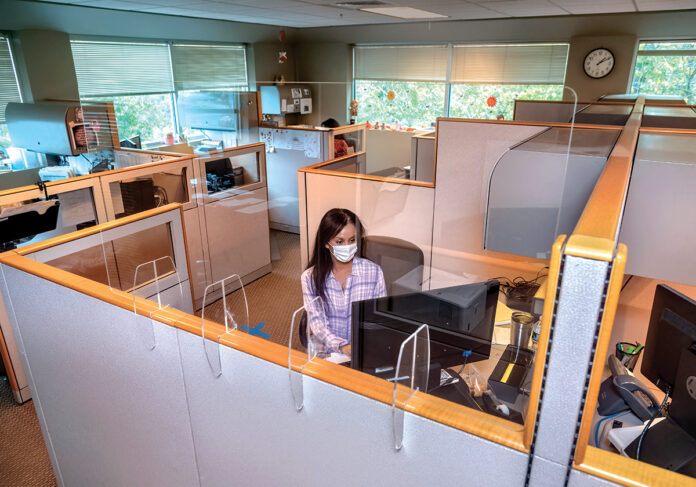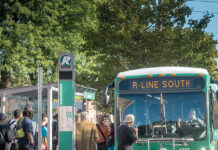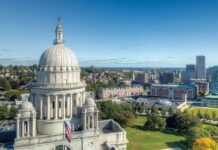Less-congested morning commutes and near-empty city parking lots are among the most visible signs that workers have not returned to their offices in large numbers.
Greater Providence Chamber of Commerce President Laurie White estimates no more than 20% of the workforce has returned.
While many companies and workers report mostly positive experiences in the shift away from full-time office work during the COVID-19 pandemic, there are some negatives too.
Plans to develop new office space have been put on pause in many communities, along with company plans to lease new space or renew contracts.
And as this week’s cover story reports, some companies are finding it harder to collaborate effectively and they worry about the long-term effect on company culture.
“There are little fissures in the culture, in collaboration, in productivity,” said Virgin Pulse Inc. CEO David Osborne.
Mostly empty city office buildings also hurt businesses that traditionally cater to the people who normally work in them. That includes restaurants and retail shops.
White thinks many employers are waiting until January to reassess the health risks.
What will the workplace look like in 2021 and beyond? There’s no one-size-fits-all answer.
But the same flexibility that’s helped workers and employers alike to survive to this point is a good place to start in mapping out the post-pandemic workplace.











